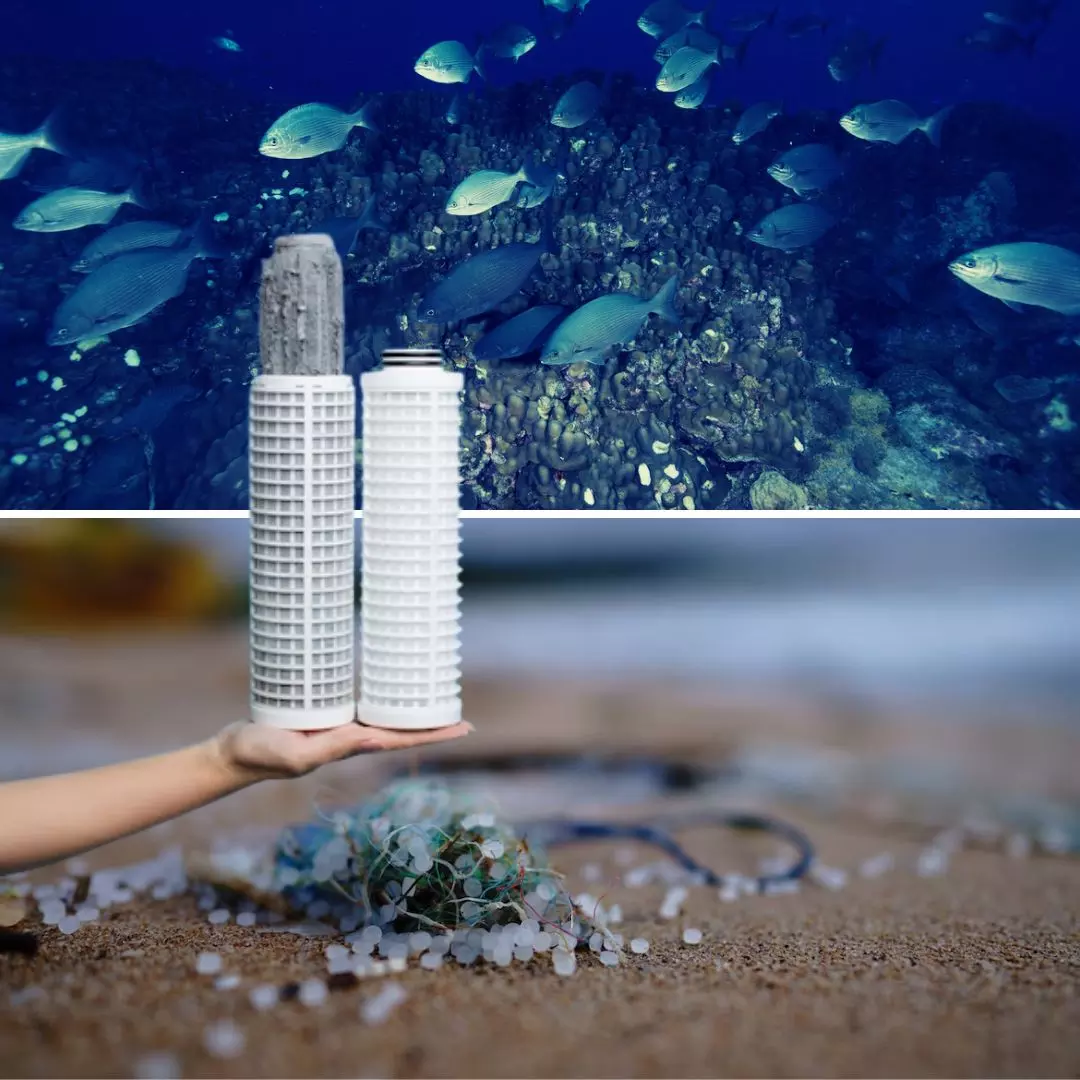Menace Of Microplastics! New Tech Filter 99.9% Water Contaminants With Minimal Energy, Says Study
Writer: Hardik Bhardwaj
He is a student of SIMC, who is organized and able to meet deadlines in a fast-paced environment.
Others/World, 3 Jan 2023 10:44 AM GMT
Editor : Shiva Chaudhary |
A post-graduate in Journalism and Mass Communication with relevant skills, specialising in content editing & writing. I believe in the precise dissemination of information based on facts to the public.
Creatives : Shiva Chaudhary
A post-graduate in Journalism and Mass Communication with relevant skills, specialising in content editing & writing. I believe in the precise dissemination of information based on facts to the public.
The purification system uses a reasonably priced polymer with good photothermal and adsorption characteristics and can eliminate up to 99.9 per cent of contaminants in water in just 10 seconds.
Researchers at the Daegu Gyeongbuk Institute of Science & Technology and the Korea Institute of Industrial Tech have found an environmentally benign approach to removing microplastics from water by harnessing the power of mechanical energy. The ground-breaking method developed by the Korean team uses less energy, which makes it perfect for solar-powered applications and is especially helpful for underdeveloped nations with erratic power supplies.
The purification system uses a reasonably priced polymer with good photothermal and adsorption characteristics and can eliminate up to 99.9 per cent of contaminants in water in just 10 seconds, reported The Indian Express.
Eco-Friendly Power Generation System
The research teams of Dr Cho Han-cheol and Prof Lee Ju-hyuck from the Korea Institute of Industrial Technology collaborated to create the first environmentally friendly power generation system that filters out fine water particles. It is a collaboration between the triboelectric nanogenerator (TENG) and particle removal technology employing electrophoresis.
TENG devices convert mechanical energy into electrical energy. A voltage differential between the two electrodes is produced when two dielectric surfaces interact and subsequently separate. The filter can be used anywhere due to its portability and independence from an external power source.
The TENG filtration system employs electrophoresis to filter the microplastics on a porous and pyramidal surface. The researchers put the filter through its paces and discovered that it could filter out microplastics and other harmful nanoparticles, including silicon dioxide and zinc oxide. Unlike their previous filtration system, this newly developed system can remove five times as many microplastics.
The Menace Of Microplastics
Wastewater treatment facilities cannot identify plastic garbage when it breaks down into the tiniest bits, less than 1 micrometre wide, or 1,000 times finer than human hair. These microplastics can build up in the body and endanger individuals by interfering with biological and other processes.
Most of these microplastics are released into the ocean, which alters the endocrine system of marine life and ultimately harms humans at the top of the food chain. The 99 per cent of the fish studied in Canadian research had at least one microplastic particle, with the tiniest fish having the highest concentration. In Humans, it can contribute to cancer, infertility, autoimmune illnesses, and other issues.
Also Read: Alarming! Microplastics Found In Human Blood For The First Time, Researchers Concerned
 All section
All section














